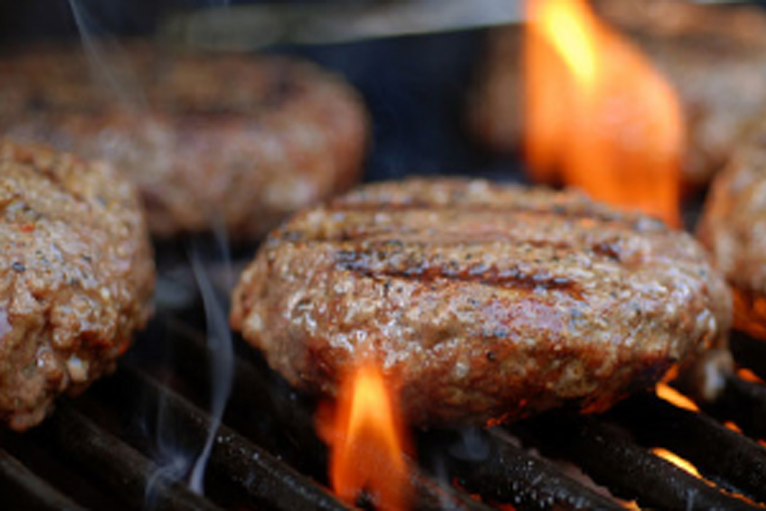If you are involved with the design or building of food service properties, then you have probably heard of Pollution Control Systems or Commercial Kitchen Pollution Control Units, or PCU’s for short. A PCU is a system of special filters to help clean grease, smoke and odors from the exhaust air stream of commercial kitchens and restaurants.
Do you remember the days of getting on an airplane or walking into a restaurant with the smell of stale smoke lingering? If not, you might not be playing the “old” card yet, so these concepts could be foreign to you.
As society advances and medical innovations progress, it has come to light that a range of airborne particles pose dangerous health risks when inhaled.
It’s no secret that people must eat to live, but could the cooking practices that restaurants use be detrimental to our health? Vaporized grease and smoke are two contributing factors to airborne toxins. When done in a production environment (aka the commercial kitchen) enough airborne fumes are produced that they must be exhausted out of the cooking space. So where should this grease and smoke go? Directing it outdoors is a good start, but food service establishments are finding it more profitable – here comes a shocker – to be located near highly populated areas, which usually places them in close proximity to a neighbor. Needless to say, the market for condominiums above retail food service spaces that have a “natural steak/chicken/fish odor” (at no extra cost) is a very small, niche market!
To keep neighbors happy and to co-exist in a residential area, it is imperative that restaurant owners keep exhausted cooking fumes minimal.
Due to food service establishments popping up in densely populated areas, the need for Pollution Control Systems are increasing and it’s important to know which pieces of equipment are generating the most toxic particulates, or minute particles that are released into the air. According to a study by the University of California, Riverside “Researchers have confirmed previous findings that commercial under-fired charbroilers cooking hamburgers emit a large amount of particulate matter into the air we breathe.” Under-fired charbroiling or chain charbroiling of proteins releases a 2.5-micron particulate. For perspective, a human hair is typically 50-100 microns in diameter. These 2.5-micron (and smaller) particulates pose a great risk of being inhaled. The World Health Organization continues to fight this form of pollution and many states are making regulations in an effort to curb the worst offenders.
States such as Colorado and California have placed requirements on cooking with commercial charbroilers and have made PCU’s mandatory in all establishments that house these units. Most recently, New York City instituted codified requirements that instruct that any under-fired broiling or chain broiling of 875 pounds of protein per week will require an approved pollution control systems or devices.
The last part of the job, after filtering the air for particulate, is to treat it for odor. There are several different ways this can happen, although none of the methods currently used in the industry are 100% effective – there is always a residual amount of odor that remains. Don’t be fooled into thinking the air will be completely void of smells, it just shouldn’t be a nuisance when it’s discharged properly out of the building.
Choosing a good partner when selecting a Commercial Kitchen Pollution Control Unit is extremely important. These units are part of a bigger system, starting with the stainless-steel grease hoods above the equipment and many other components that make up a proper exhaust system. These devices are large and expensive, while requiring regular maintenance, the owner of the food service establishment should be aware of this and account for it in their initial budget and annual expenditures. Unfortunately, it doesn’t make the food taste any better or turn tables faster. Although, it does keep the neighbors coming into the restaurant to eat, since they should stay happy and healthy.
Published by:
Chris Lowell
Regional Sales Manager, Halton Company
Follow Chris Lowell on LinkedIn
Understand the difference between Pollution Control Systems in our article: What is the difference between pollution control units?
Leave us a comment below and we will answer or if you have any questions, please send us message here

